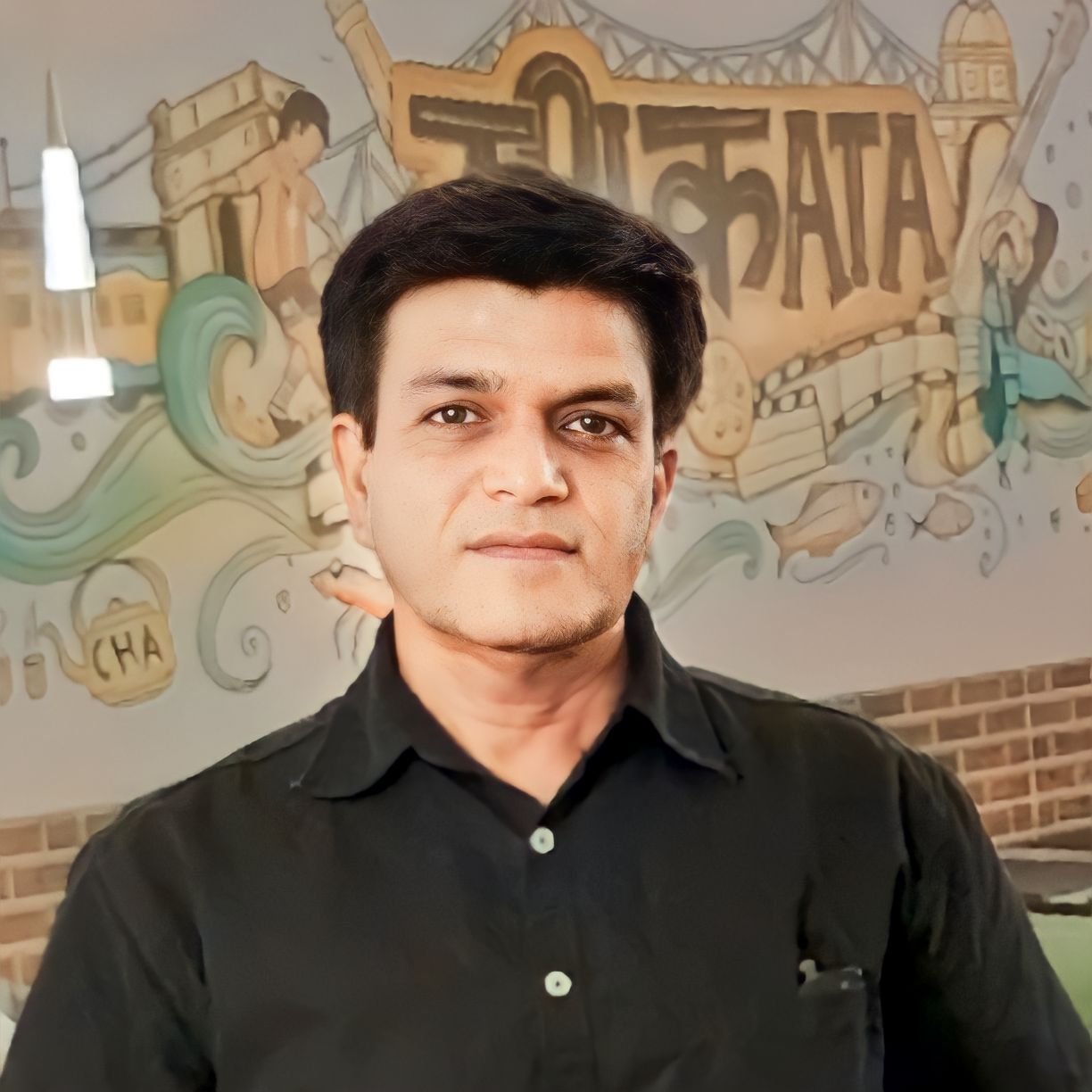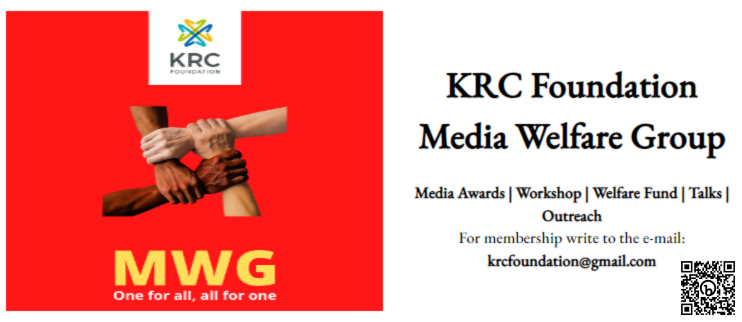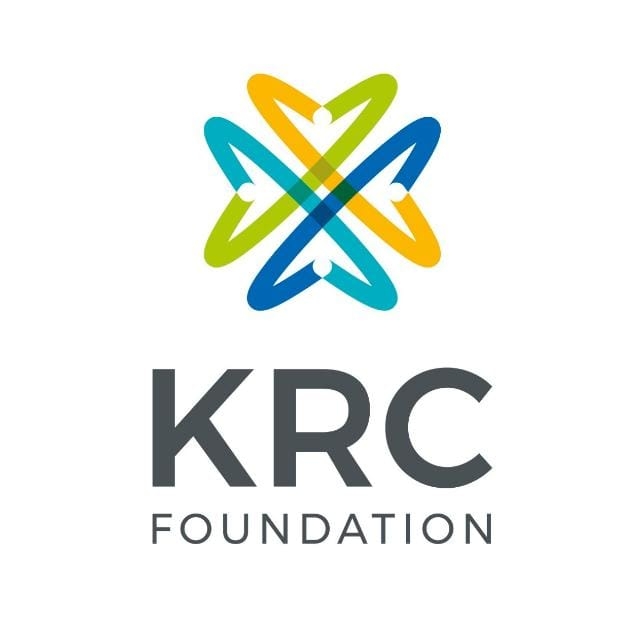The atomic bomb that ravaged Hiroshima, Japan, unleashed a cataclysmic maelstrom of destruction, claiming 1,40,000 lives in an instant.
 Jay Sur
Jay Sur

August 6, 1945, is etched in history as the day humanity crossed a threshold, forever altering the fabric of war and peace. The atomic bomb that ravaged Hiroshima, Japan, unleashed a cataclysmic maelstrom of destruction, claiming 1,40,000 lives in an instant. Yet, the true extent of the devastation extends far beyond the initial blast, leaving an indelible mark on the world.
In the aftermath, the survivors, the Hibakusha, faced a lifelong odyssey of struggle, their bodies bearing the physical scars, while their minds were forever marred by the trauma of that fateful day. The bomb’s dark legacy also tainted the environment, leaving a toxic footprint that would haunt future generations.
Survivors, like Hiroshi Shimizu, who was just 15 when the bomb fell, bear the physical and emotional scars of that fateful day. “I saw people running, their skin hanging from their bones,” he recalls. “The smell of death lingered for weeks.” Radiation poisoning, genetic damage, and a lingering fear of the unknown became an integral part of their lives, a constant reminder of the horrors of war.
As the world grappled with the morality of such an act, a haunting question lingered: was it a necessary evil to end the war, or a brutal display of power? The debate rages on, but one truth remains – the cost of war extends far beyond the battlefield, shrouding innocent lives in a shadow of suffering.
In the aftermath, Hiroshima transformed into a powerful symbol of peace. The city’s resurrection from the ashes serves as a testament to the human spirit’s capacity for resilience and forgiveness. Hibakusha like Setsuko Thurlow, who survived the bombing at age 13, became champions of nuclear disarmament, their voices echoing across the globe.
However, the threat of nuclear war still looms large. Nations continue to engage in an ongoing race for nuclear supremacy, with dire implications. A single misstep could unleash a catastrophe of unimaginable proportions. We must learn from the lessons of Hiroshima and recognize the devastating consequences of nuclear war.
To promote peace and disarmament, we must:
- Support organizations working towards nuclear disarmament
- Educate ourselves and others about the consequences of nuclear war
- Advocate for policy changes that prioritize diplomacy over destruction
Moreover, we must also acknowledge the long-term effects of nuclear war on the environment and human health. The radioactive fallout from the Hiroshima bombing had far-reaching consequences, affecting generations to come. We must prioritize sustainable development and environmental protection to ensure a livable future.
Let us draw strength from the resilience of the Hibakusha and the people of Hiroshima, who transformed tragedy into a testament of peace. Together, we can forge a world where empathy triumphs over destruction, and the light of hope banishes the darkness of war.
In conclusion, the legacy of Hiroshima serves as a stark reminder of the devastating consequences of war and the importance of promoting peace and disarmament. As we move forward, let us remember the sacrifices of those who came before us and work towards a future where such tragedies are never repeated, with no more Hibakushas in future. We owe it to the victims, the survivors, and future generations to strive for a more compassionate and peaceful world.



